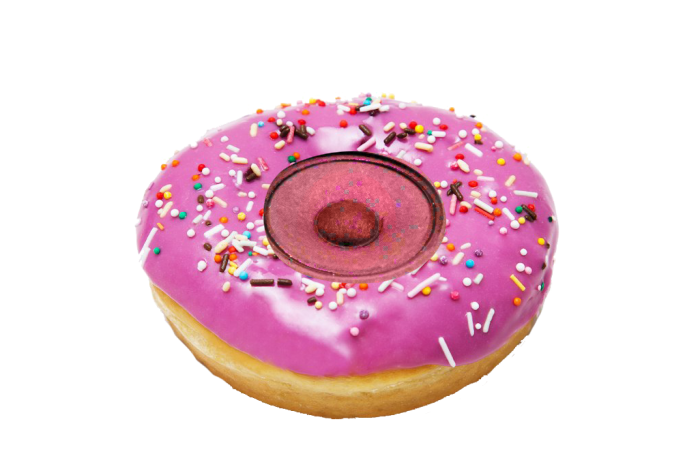Have you ever thought to yourself, “Man, I really wish I could have the experience of listening to acclaimed hill country blues musician Junior Kimbrough while underwater or perhaps on the brink of unconsciousness”? If you have, look no further than the first four tracks off the posthumous 1999 album Meet Me in the City.
My initial impression of these songs, which I first heard a couple of years ago, was something to the effect of, “What kind of lunatic mastered this album?” The sound quality is extremely murky, Kimbrough doesn’t sound close enough to the microphone, and the guitar is often muffled as well. As it turns out, the mastering may not be at fault: the first four tracks on the album are home recordings made some years before the album’s release. It doesn’t seem like there’s much “fixing it in post” to be done here.
There’s a lot of distortion and static in the recordings, and “Baby Please Don’t Leave Me” also has some odd clicking noises in the background. “Done Got Old,” perhaps the most garbled of the four tracks, features a slew of problems: the distinctive droning bass quality of Kimbrough’s playing (usually a pleasing characteristic) turns into something of an auditory soup, the vocals clip repeatedly, and there is shouting heard in the background throughout the song. If I turned something like this in, I think they’d have to throw me out of the class. “Lonesome Road” also features loud background talking; some of this sounds like spoken commentary intended as part of the song, which isn’t terribly uncommon in blues music, but it’s hard to tell when the words are muffled to the point of unintelligibility. There’s also a bizarre buzzing sound throughout. Even “Meet Me in the City,” by far the clearest of the home recordings, is rather muffled.
Some of this poor quality may be due to the medium; while I’m not entirely sure what was used to record it, I suspect it’s a consumer-quality tape machine, as was fairly common with rural musicians back then (Hasil Adkins, for instance). Depending on storage, they may have degraded somewhat, and they may have also lost quality in transfer between mediums. A lot of the issue seems to be that the room is live, resulting in a lot of echo that blurs the sound. There is also, of course, a lot of background noise; I can only guess at what some of it is caused by. It’s as if you took all the issues that come with recording in your living room and dialed them up.
While in the traditional sense (and in the standards our classwork is held to), these recordings are pretty horrible, I do find them very charming in their own way. The heavy echo and distortion of the vocals adds a ghostly, ethereal quality to the songs that conjures up a feeling of hearing him play in the other room while barely awake–or, perhaps, while sitting at the bottom of a lake. As far as ordinary listening pleasure goes, the tracks may not be for everyone, but they certainly stimulate the imagination.

Great post! I have talked about this sense of authenticity in class. You mention Hasil Adkins – I actually have some of his recordings! A lot of very old blues recordings have the same sense, since some of them were recorded in non-studio places like hotel rooms, such as Robert Johnson’s relatively small number of recordings. The Folkways recordings are another one. Quality varies with these – some are really good, some are a little rough around the edges.